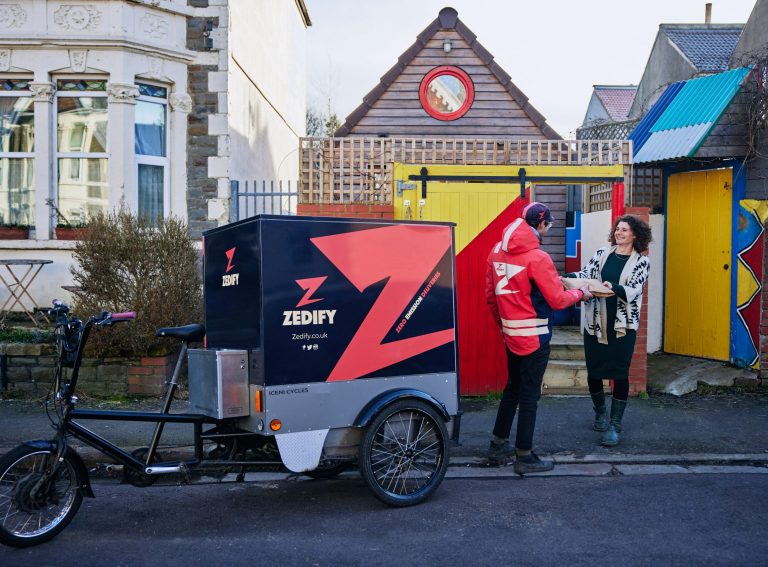Author: Zag Industry Expert Caroline Seton
Piles of broken, abandoned shared bikes were a frequent sight during the first wave of the shared transport industry scaring city officials. It was a short five years ago but in the micromobility industry, where time runs fast, it’s an eternity.
As second generation micromobility companies, like Forest, grow and consolidate positive partnerships with cities, the landscape looks very different; Collaboration and agreements with strict service levels govern the licence to operate and are delivering excellent outcomes for cities.
Outcomes have also been dramatically improved by investment in technology and software. Operators have been able to leverage these upgrades to assert greater control and influence over rider behaviours – be it an ability to enforce responsible parking or conduct pre-ride safety checks.
Bike hardware is another important aspect. We have worked with our manufacturer and supply-chain to share data and insight into how the bike performs in the field, leading to operator-specific and market-specific innovations and upgrades. Hardware is the biggest cost for operators and investment in the most up to date technology is crucial to success.
Most hardware is typically manufactured in China and imported to the UK and Europe. With the EU clocking onto this, there is a raft of potential tariffs and anti-subsidy investigations that could be introduced compromising an operator’s ability to offer bikes to cities that benefit from the latest technology.
New battery regulations will begin to come into force from 2025 and there is an ongoing belief that the EU will impose more and more limitations on foreign imports where they feel the country of origin is allowing unfairly cheap exports. It’s a highly political issue with many countries, trade bodies and organisations feeling that it’s hugely important for the EU to grow its own, native “green industrial strategy”.
And it’s not just in the micromobility space that China dominates but across all electric vehicles there is an increasing demand for Chinese made products with The Financial Times recently reporting that a quarter of EVs due to be sold in Europe this year will be made in China. The reason for this, as you would expect, is predominantly due to lower costs of production as well as a high concentration of manufacturers with the technological know-how and expertise to execute cost-efficiently. Labour pressures are also less intense. In turn, at Forest, we are fortunate enough to have a close collaborative relationship with our suppliers in China to create innovative new parts and improve our overall product offer. Alongside this, we act as a critical friend, placing pressure where appropriate to improve operational resilience and their own carbon footprint – particularly important as we remain committed to reducing and offsetting our scope 1, 2 and 3 emissions.
It is important to note, however, that cities globally have really benefited from over a decade of lessons learned from China’s first generation of micromobility hardware. Their technological know-how, extensive labour force and rapid means of production allow operators to provide a high quality product for customers at scale to meet growing demand and help cities achieve their sustainability and active travel goals. We should reduce our reliance on China’s supply chain, but we are not quite there yet.
So where does that leave Forest? We are becoming less and less reliant on our manufacturer as we invest in extending the lifespan of the bikes and parts. Where hardware previously lasted a measly three months before being end-of-life-d, we’re seeing Forest bikes three years after launch still healthy on the roads. This is in part due to the care we give them, as well as the most durable design and build process.
The refurbishment project, launched in 2023, to explore our internal ability to recycle, refurbish, reuse and redesign spare parts of our hardware has reduced our spare part usage by 50% in 12 months.
Led by three in-house engineers, we analysed data for all the parts of the bike. We found on average that we were able to reuse 60% of the bike parts. After a few months of focussing and training teams in deeper refurbishment techniques, we increased this figure to 71% of the bikes parts (more detail can be found here in our most recent Sustainability Report). We aim to increase this to 73% at least by October 2024.
Whilst this might seem like a drop in the ocean when we look at the bigger picture of, not only the entire Forest e-bike fleet being sourced from China, but the wider EV space, it is symptomatic of a larger shift we believe could spell a great opportunity.
However, as a business it is important to plan for a wide range of scenarios in regards to our supply-chain, particularly as we look at European, US and other economies attempting to galvanise their own manufacturing sectors. What happens if local import costs increase, EU battery regulations make the price of the assets rise and local governments offer tangible support to the “green industry”? Might we see the rise of more local manufacturers of shared or private e-bikes and, if so, who will lead the charge? With shared e-bike operators already making progress on engineering their own spare parts and refurbishing old ones, could there be a space for an operator to launch their own manufacturing arm of the company? It seems a stretch currently whilst margins are tight and interest rates remain high…but by the time the subsidies come in perhaps there will be space for some innovation and to be one of very, very few local micromobility manufacturers is a very appealing proposition.








